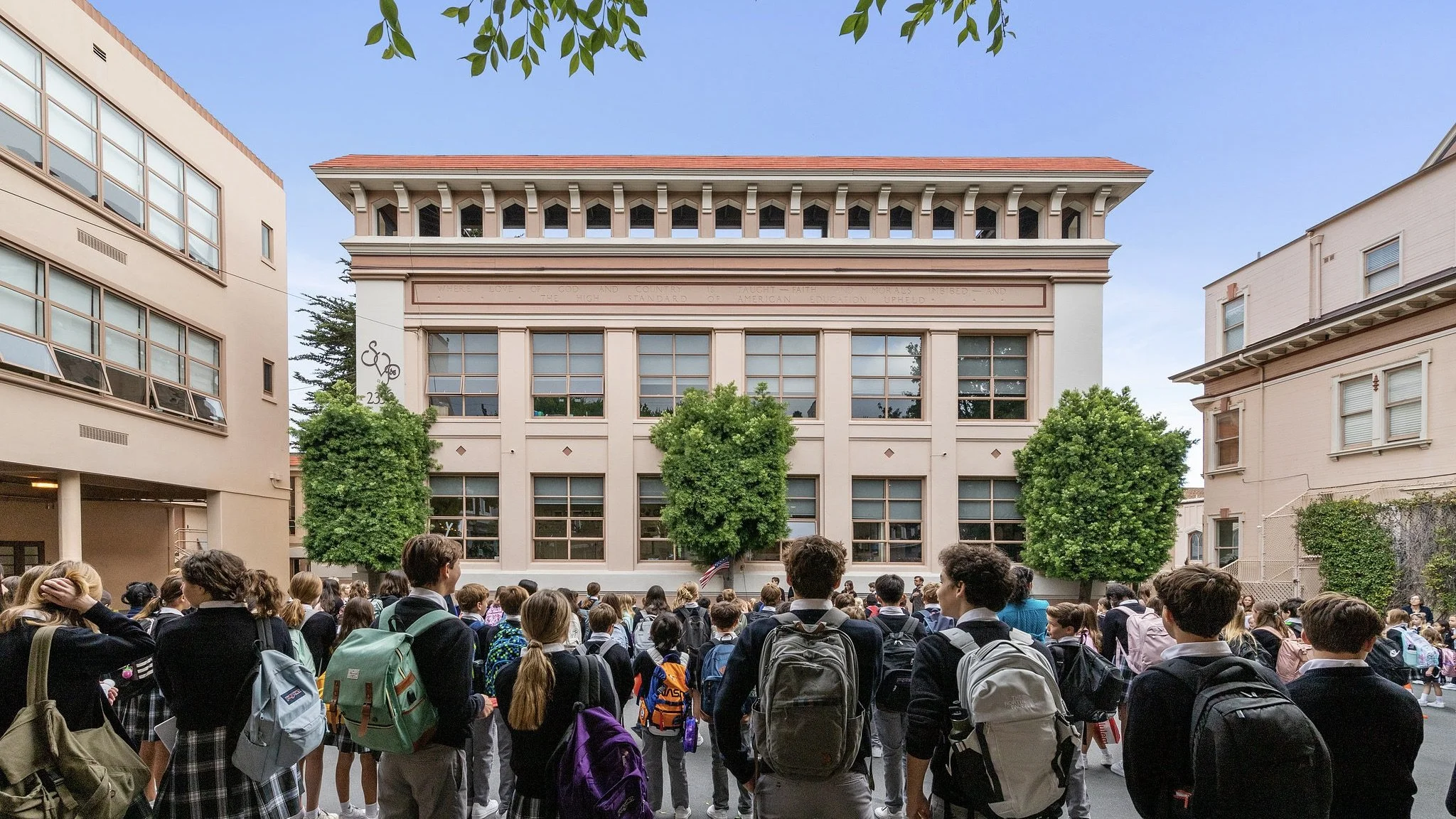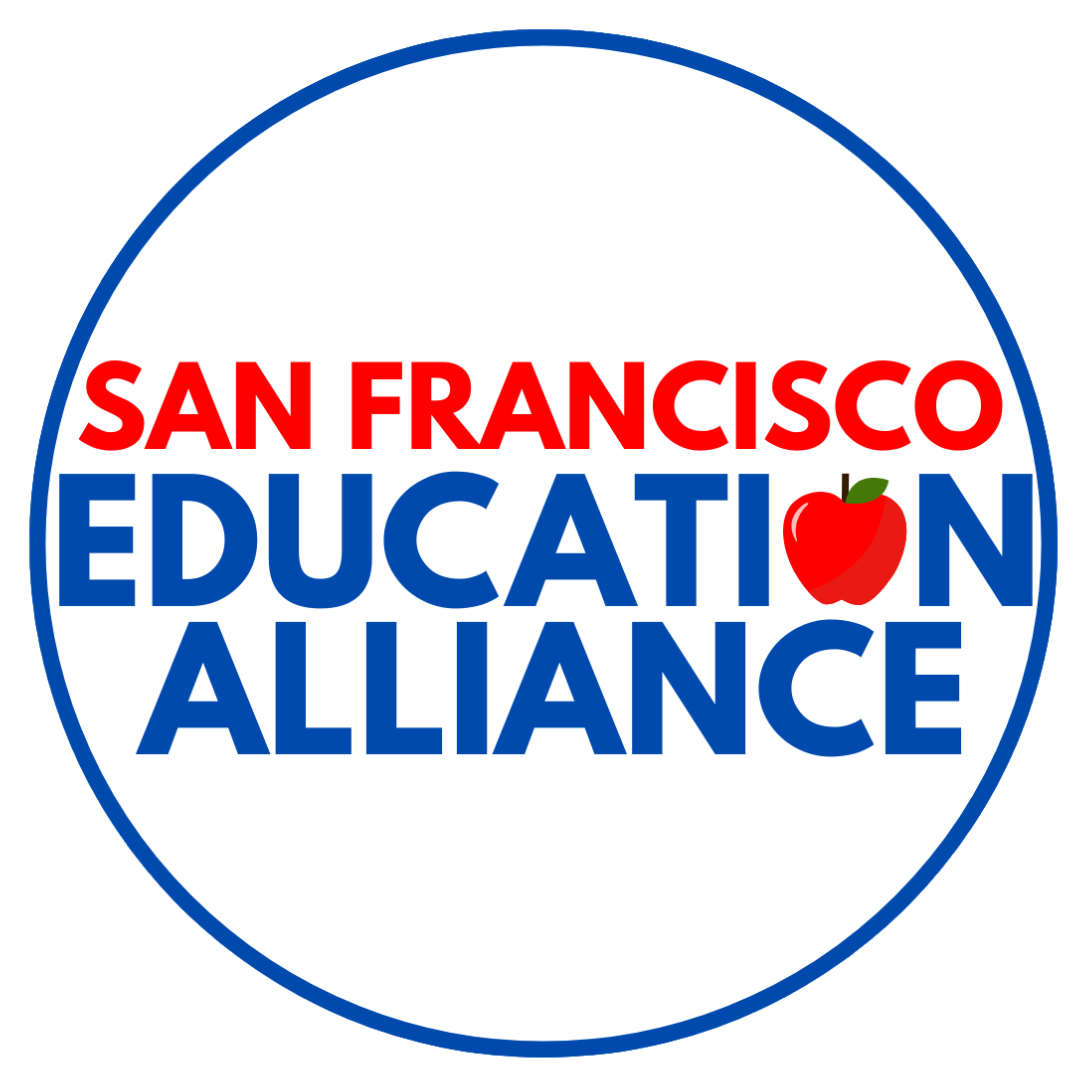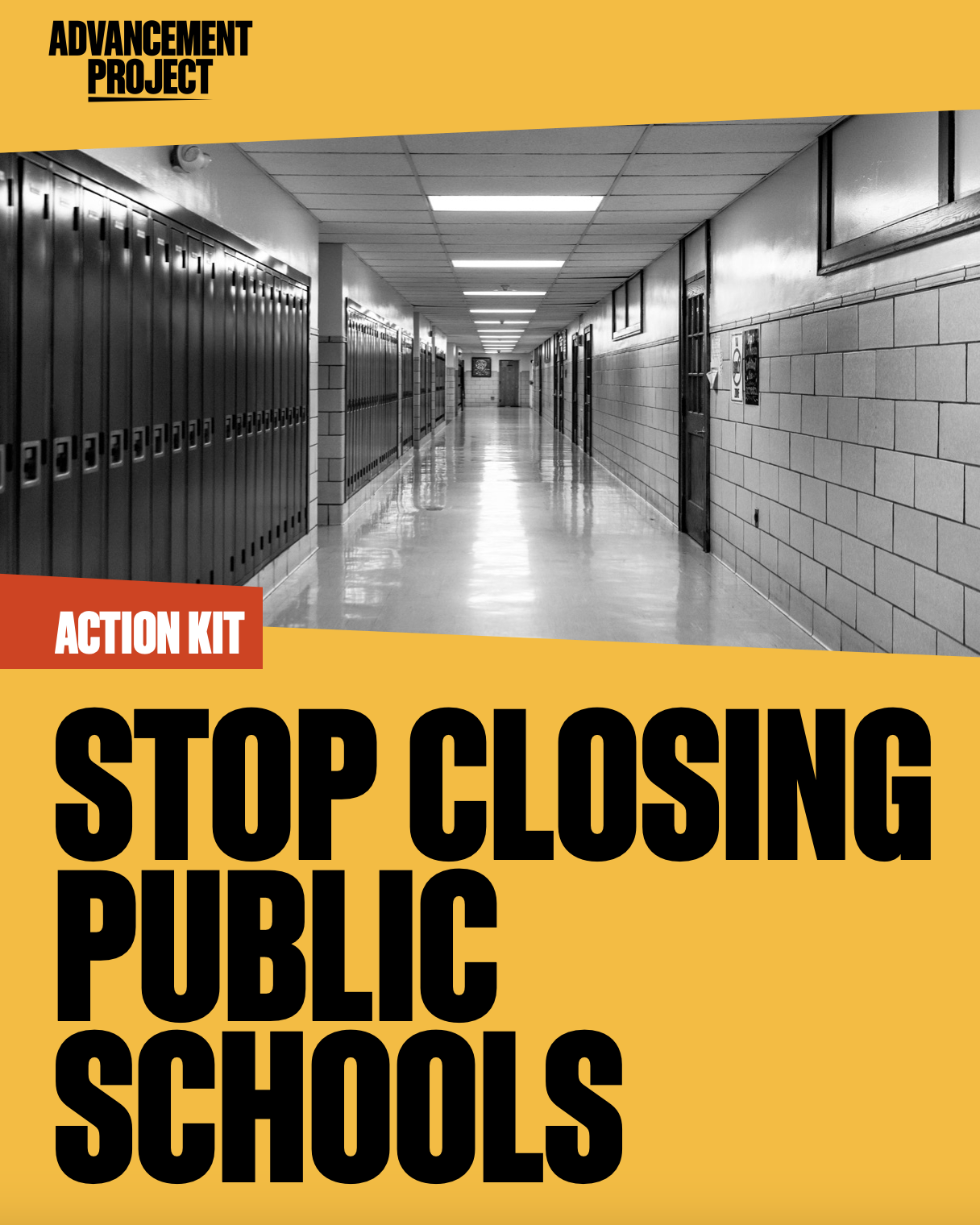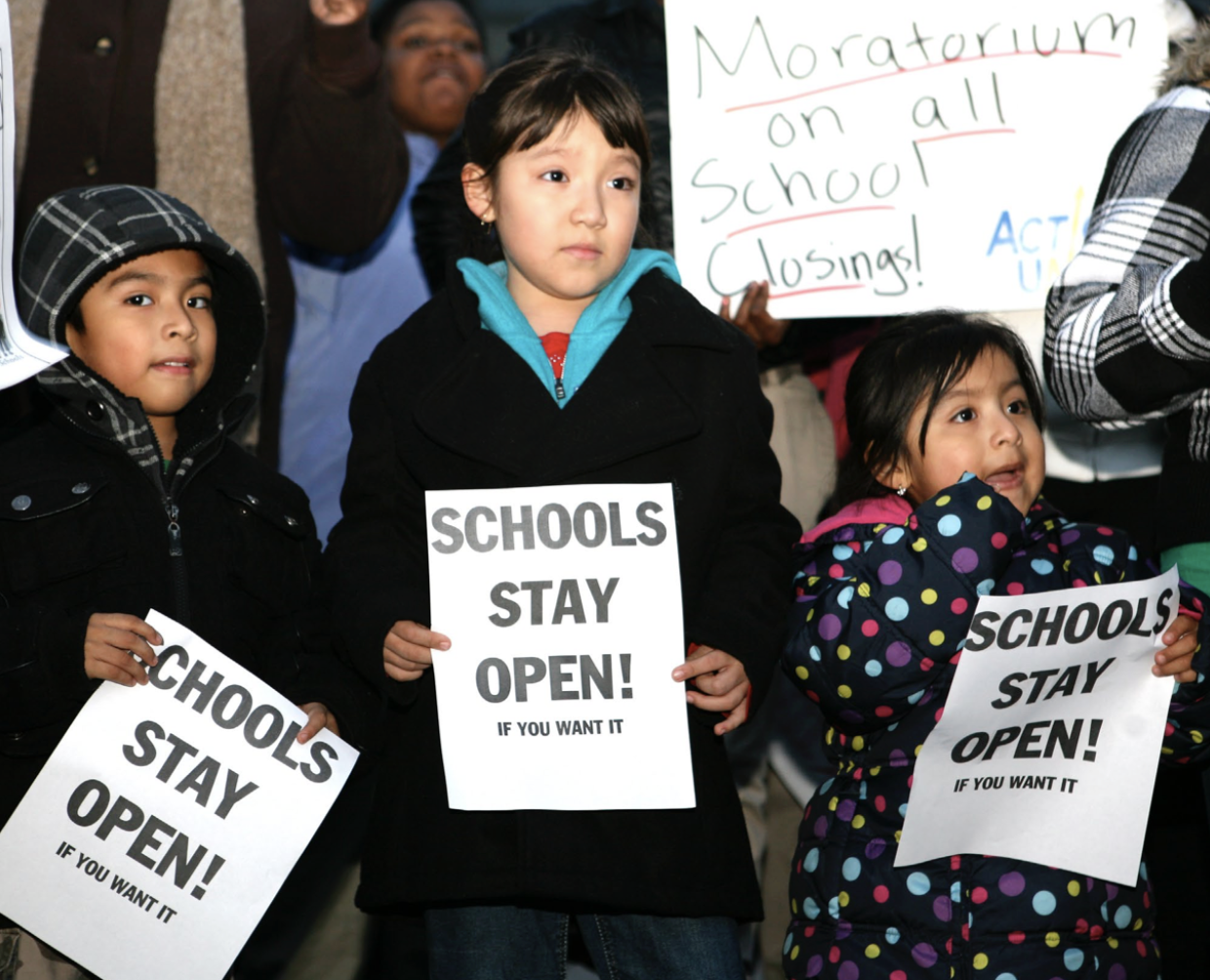
No to School Closures.
Yes to Sustainable Community Schools.
The San Francisco Education Alliance demands a moratorium on school closures and consolidations.
We demand that the district and school board work with the community to develop a plan to transform every school in San Francisco into a Sustainable Community School.
How School Closures Hurt Our Communities
School closures don’t save significant money.
School closures hurt students.
School closures shove students into the school-to-prison pipeline.
School closures hurt neighborhoods.
ACTION TOOLKIT:
STOP SCHOOL CLOSURES
It is possible to defeat school closures!
Click here for a distilled guide on how to stop different types of school closures in your community.
Death by A Thousand Cuts
A report on how school closures are a racist tactic that sabotage public school networks in communities of color.


